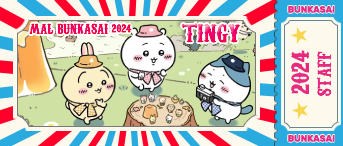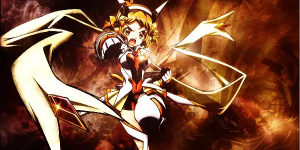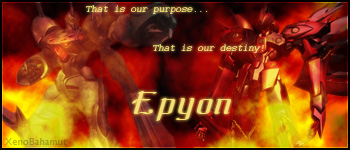So you’ve watched Pale Cocoon and are left confused...well don’t worry. It’s not something that’s meant to be digested in one go! I really loved this short film and I hadn’t seen a full explanation online, so I thought I’d share it with you guys :P
INDEX
I. Quick Plot Summary
II. Required Knowledge and Meanings
A. Ura and Riko
B. Ura’s Obsession with the Archives
C. The Pale Cocoon and the Earth
D. Archives in the Context of Pale Cocoon
E. Ura’s and Riko’s Archive
III. Hidden Meanings
A. Ura Finds the Past in the Present
B. A Lost Opportunity
C. Part of the Archives
D. History Repeats Itself
I. The Quick Plot Summary
The main character, Ura, works in the Restoration Department, where he receives archives from the past. He then restores these archives and sends them off to the Analysis Division, where one of the other characters, Riko, works.
We learn that over time, the top layer of the (supposed) Earth became steadily less and less inhabitable, forcing humankind to move deeper into the articifical world.
Ura (the guy character) is eventually sent a strange piece of data -- an image with audio recording. This piece of data takes a long time to restore. While the video is being restored, the plot moves onwards. We learn that the Excavation Department was a thriving research area that has since become a wasteland. Why? What happened? Weren't people excited to uncover mysteries of the past?
They were, at first. The Excavation Department brought people hope with each discovery. But over time, instead of hope, people began to see everything that no longer was, or ever would be. People saw shadows left by humankind’s stupidity. Eventually, everyone except for Ura leaves the Excavation Department.
We also learn that Riko’s grandmother used to live on the surface, back when it was habitable. However, as we have learned, the surface became gradually deadly to people. Riko’s grandmother chose to stay up there despite this, leading to her death.
Finally, the archive is restored, and we learn that it is an old music video. In the music video we see a girl named Yoko, who sings about hope on the Pale Cocoon. We see her at the top of a spiral staircase, reaching up towards the sky. It is at this point that we can assume that Ura has watched the video. He then decides to go to the surface level, for reasons which I will explain in part II.
At this point, Riko sees that a second file has finished being restored. In this file, we once again see Yoko, who describes that she has migrated to the moon. We learn that the Earth has decayed and turned rust colored, and humankind’s last hope was to flee to space. We learn that Ura and Riko were not living on the Earth at all, but on the moon.
The film ends with Ura seeing that the Earth has returned to its old state and is now blue.
II. Required Knowledge
To fully understand Pale Cocoon, there are some points that must be understood before we can move further.
A. Ura and Riko
First, it is implied that Ura and Riko once had a relationship. This is seen through a picture of them together. It’s also quite obvious from their interactions with each other. However, Ura is so obsessed with the archives that he loses his chance with Riko.
B. Ura’s Obsession with the Archives
It is safe to say that on a surface level, Ura was obsessed with the archives because it was a world different than his own. A beautiful world filled with wonders that he would never be able to see. However, there is more to his obsession than simple curiosity. Here’s what he says about his own obsession:
- Ura: Maybe I just wanted to immerse myself in the archives…to avoid this reality that is nothing more than the ruins of an artificial concentration camp. But back then, I wanted even a tiny bit of the world in the archives to remain somewhere in this reality. That’s what I thought.”
In other words, Ura kept searching through the archives in hopes that he would find something that still remained in the current world...a bit sad, don’t you think?
C. The Pale Cocoon and Earth
To understand the parallels here, you’ll have to know a bit of Japanese.
We see in the archives the words:
「あおたまご」 (ao tamago)
あお = Pale/Blue
たまご = Cocoon/Egg
In essence, both the current world and the old world can be described by this single phrase, ao tamago. The current world being the Pale Cocoon, the old world being the Blue Egg. Although they seem very different, they are both things which contain life, and this is very important to the film’s message.
D. Archives in the Context of Pale Cocoon
Of course we know that archives, in reality, are pieces of history. They retain this meaning in Pale Cocoon as well. However, the director of the film had another definition that he wanted to get across as well. Here is a small excerpt of text from the film:
- Ura: Dunno. I haven’t seen her in a while. Long ago, she said people have things they want to stay the same thus they leave records.”
In other words, archives are not only pieces of history, but “things that people want to stay the same”.
E. Ura and Riko’s Picture
During the film, Ura and Riko are shown to have created one archive of their own. This archive is a picture of the two of them, together. This is what they wanted to stay the same forever.
III. Hidden Meanings
On a base level, the message of Pale Cocoon may seem to be that humankind should protect the environment. While this is definitely true, I would argue that this theme is less important than others. Here’s where stuff gets really interesting. I’ll try to break it down as best as I can.
A. Ura Finds the Past in the Present
So, what is it that made Ura decide to go up to the surface? Curiosity? Despair? Stupidity? Well, if we take another look at his words, we remember that he said:
- Ura: I wanted even a tiny bit of the world in the archives to remain somewhere in this reality.
The first piece of the archives that truly interests Ura is when he notices something that looks similar to the book that he uses:
- Ura: The thing I’m curious about is…is this. A book…It isn’t, right?
- Riko: It’s probably a book.
- Ura: But doesn’t it look strange?
- Riko: Originally books were archives where text and images were physically imprinted on material. Like this. Of course, you could only record on it once and there were no communications with other books. But it was a medium for passing on archives, just as they are now.
- Ura: So this is an archives storage facility? Looking at records, putting them in a database.
This reminds Ura of both his job and himself. He’s so happy to find something from the old world that still exists in the present, and it gives him hope that even back then, people were looking for the same thing he was.
The next piece that he finds is what drives him to the surface. Once the music video is fully restored, we see Yoko ascending a staircase, reaching out to the skies. Of course, the staircase itself is a very obvious parallel between the past and the present. But more than that, Ura sees that even in the past, there were people who yearned to go upwards, to see the sky and all the things that were out of their reach.
B. A Lost Opportunity
There is one more piece of the past that Ura sees in the present, however, he chooses not to pursue this. Part of the music video contained a picture of a man and a woman:
Ura pauses when he sees this picture, as it reminds him of the picture of Riko and himself. When the picture is restored, the viewer can see that the man was smiling.
Ura gave up the happiness he could have had with Riko, instead pursuing something which he would never obtain.
C. Part of the Archives
Earlier I mentioned that Ura and Riko’s picture was their own little archive. But the creator of Pale Cocoon wanted to go one step further. He wanted to say that the life that Ura and Riko were living was the very same life that Ura sought after in the archives themselves. The very last thing that Ura does before going to the surface is placing the picture of himself and Riko in his same pile of treasures, in his collection of history.
In order to enforce this even further, there are two scene transitions which show both Ura and Riko surrounded by the monitor which they did their work upon, as if they were part of the archives themselves. Pretty deep.
D. History Repeats Itself
So what was the big message of Pale Cocoon? In short, don’t take what you have for granted. Life on the Pale Cocoon and Earth were one and the same. People on Earth strived for the moon, and the people of the moon longed for Earth. But they both missed living in the present.
The people who ruined the Earth could only look towards the future, taking life there for granted. And so they lost their chance at happiness. Ura was only able to dwell upon the past, taking his relationship with Riko for granted. And so he too lost his chance at happiness. When Ura saw Yoko ascending the stairs, he thought that he had found what he was searching for – a piece of the past that remained in the present. In reality, he missed it completely.
Pale Cocoon’s overarching message is to never take what you have for granted, cherish those who matter to you, and live your life to the fullest, while you still have time.
|
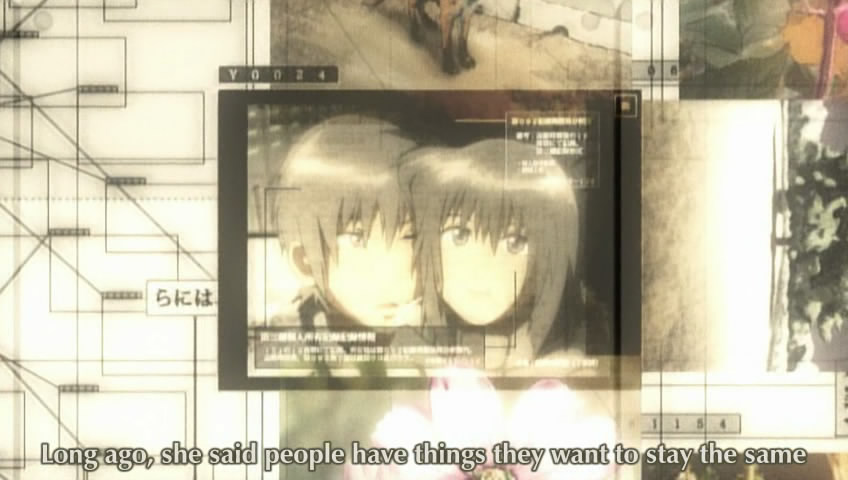
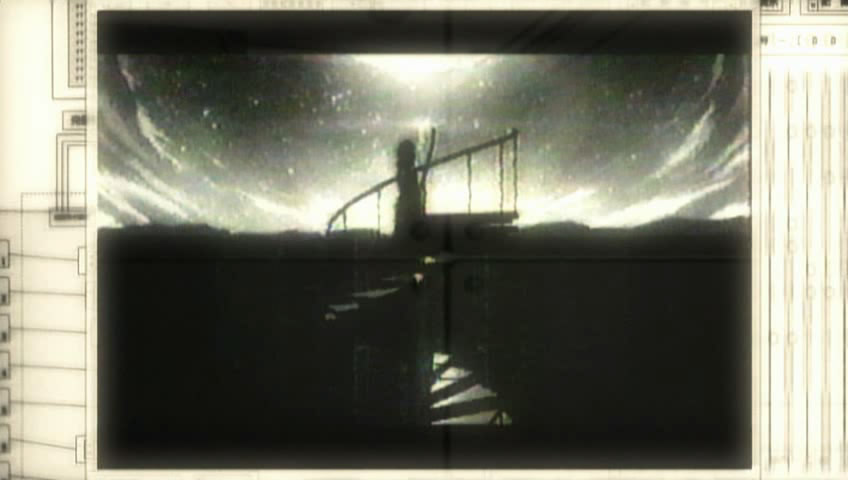
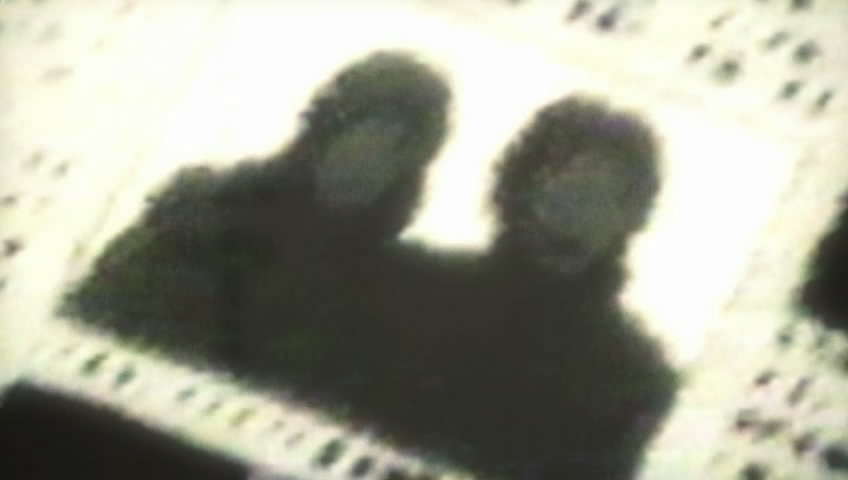
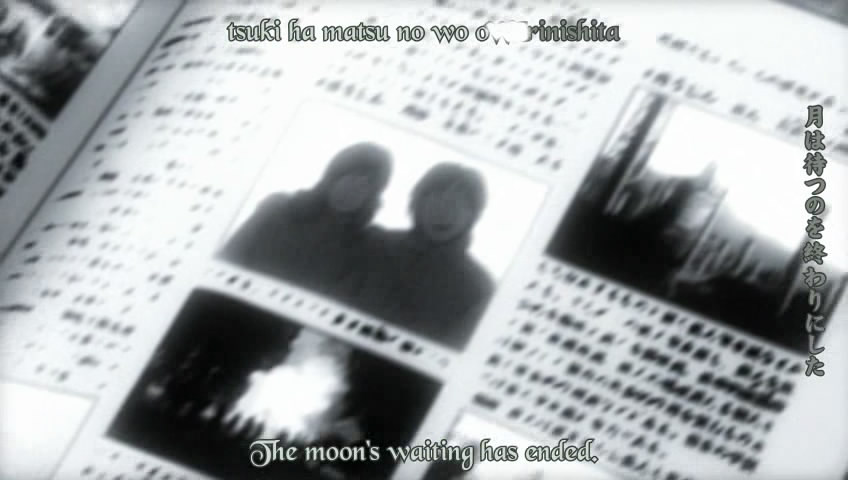
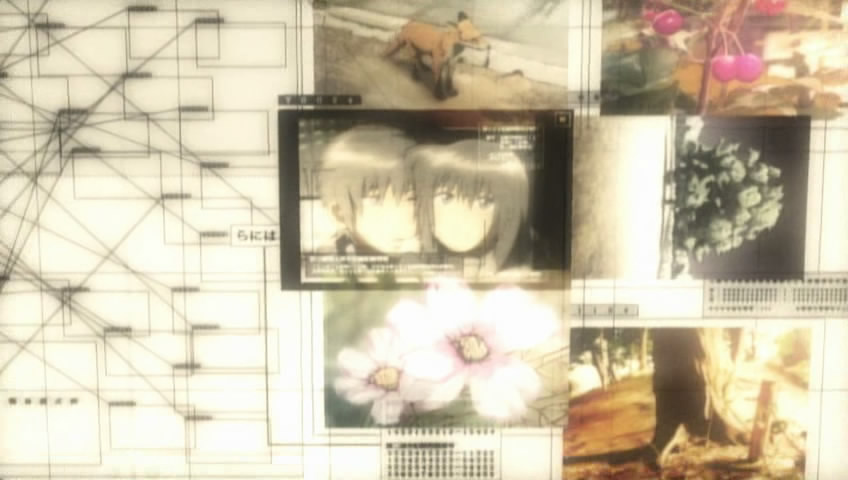
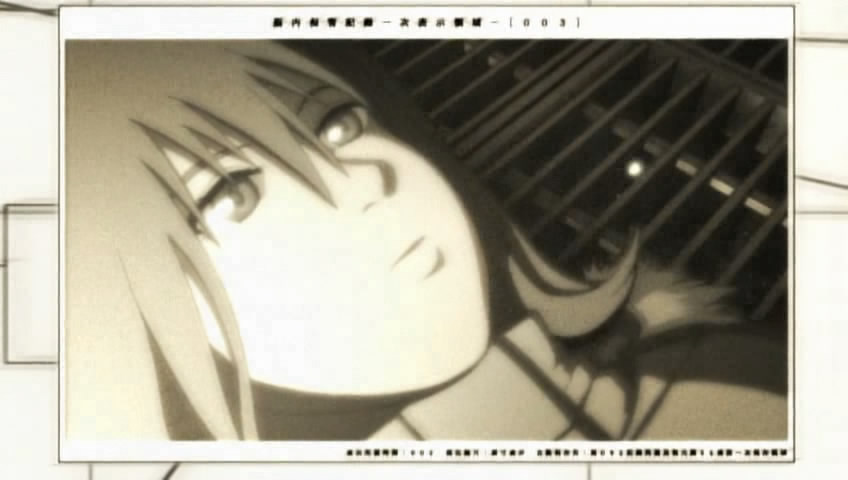






 x3
x3